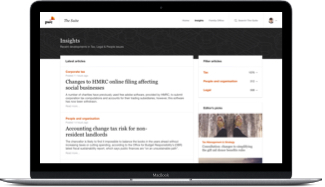DPT is a priority area for HMRC such that they are devoting a significant amount of resource to uncovering cases where there is a diversion of profits from the UK. HMRC are taking an increasingly detailed approach to investigating cases where DPT could apply, leading to far-reaching information requests. This often results in a significant amount of time and effort by the company to gather the appropriate evidence. Where HMRC consider DPT applies, the tax must be paid within 30 days of receiving a charging notice. We are seeing cases of DPT being used to encourage behavioural change.
In 2016/17 HMRC claimed £281m of DPT yield, this comprises of £138m of DPT itself and further additional corporation tax of £143m arising from the desired behavioural change from multinational companies.
In deciding whether there is a DPT risk, HMRC carries out an initial risk review of businesses it considers may fall within the scope of DPT. Such assessments are usually conducted as a part of a wider risk assessment of transfer pricing and are based on the information already held by HMRC and public source information.
HMRC look to obtain a granular understanding of the business model and the global value chain and in particular how the UK fits within this value chain. For HMRC to achieve this detailed level of knowledge, large amounts of information are usually required, which can take considerable time.
The timeline for the DPT assessment procedure slightly differs for those companies who notified HMRC if they are potentially within the charge to DPT, and those who did not. If companies notified, HMRC have to decide whether to issue a preliminary notice within 2 years after the end of the accounting period. If taxpayers have not notified, HMRC have 4 years in which to issue a preliminary notice. Such extended 4-year limitation period also differs from a general tax enquiry timeline.

